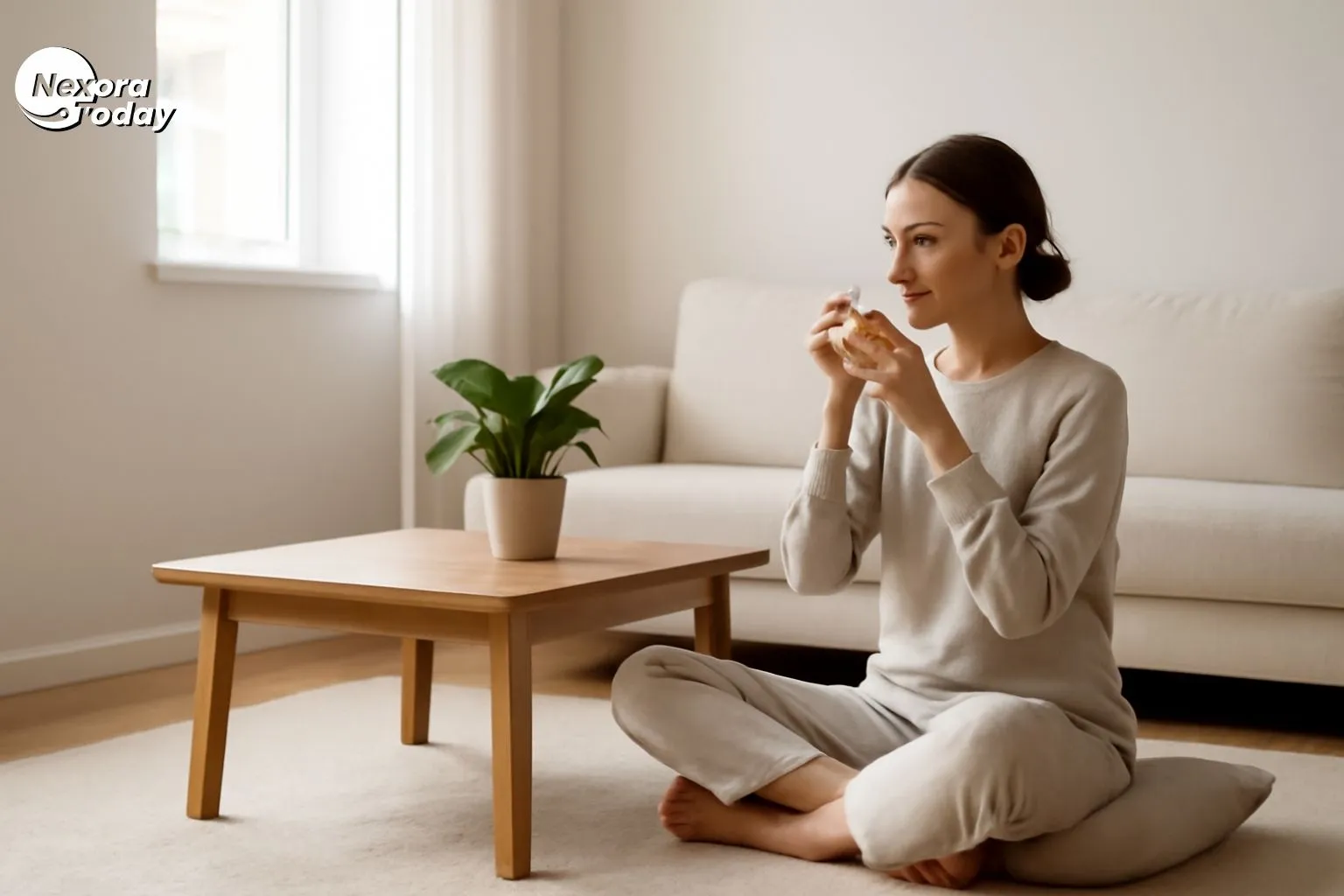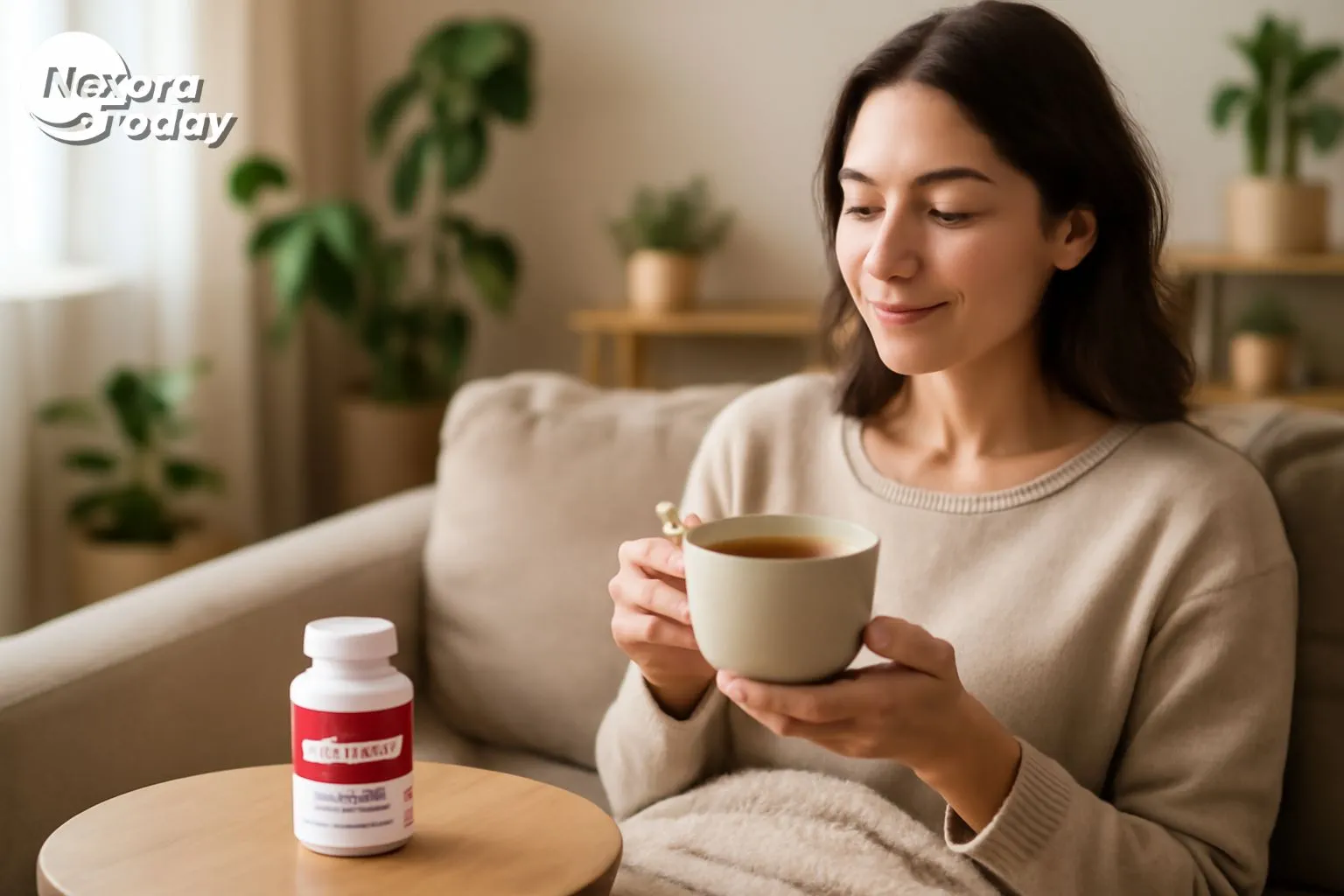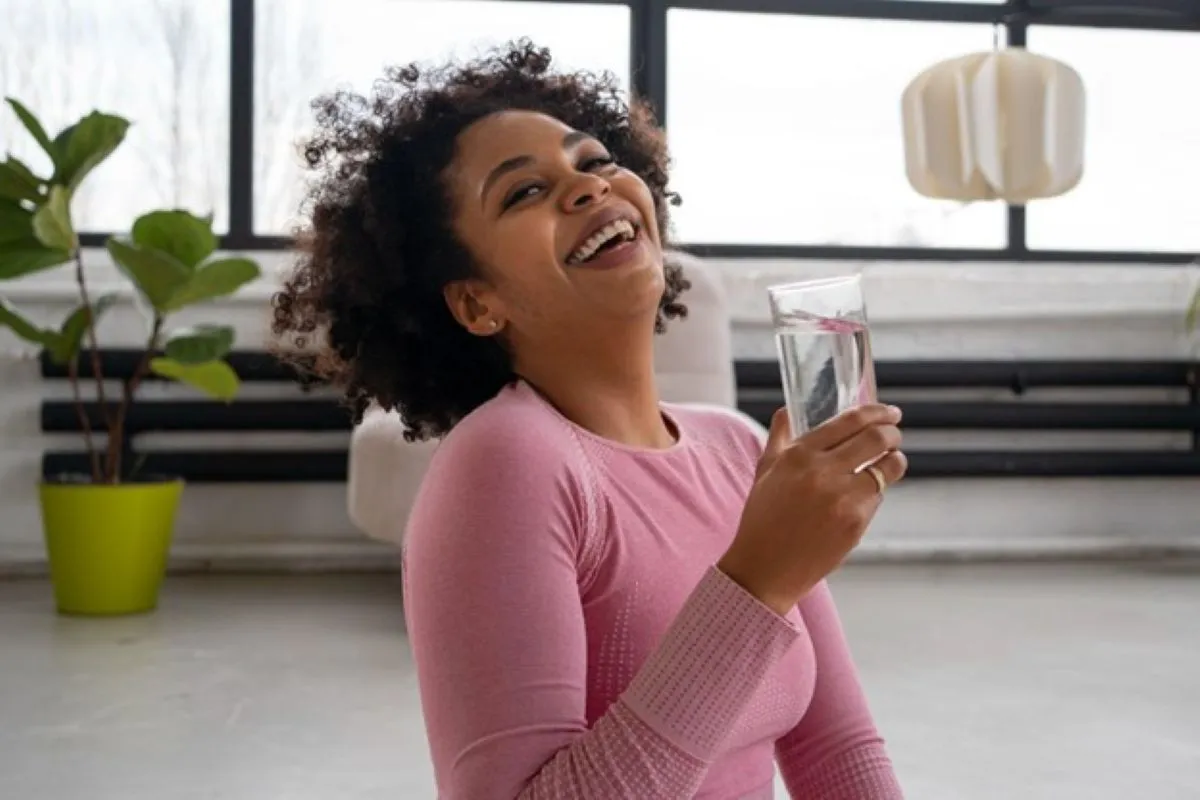1. Introduction to Simpciry
The philosophy of simpciry shines like a beacon in a world full of constant distractions and chaos. It goes beyond just decorating the inside of a house; it becomes a way of life that promotes mental well-being, clarity, and a peaceful atmosphere in our daily lives. People who embrace minimalist aesthetics are not only creating beautiful spaces, but they are also improving their mental health and emotional strength.
Picture walking into a room that is clean and peaceful, where every item has a purpose and isn't just there to be extra. These kinds of places help people find peace and improve their health in general. In fact, simpciry shows how planned simpciry can make ordinary places feel very peaceful.
2. What is Simpciry?
Simpciry is a combination of simplicity and clarity. It's the process of clearing your mind and space so that your health can get better. A clean, open space makes you less anxious, helps you concentrate, and promotes a stress-free life. Simplicity is more than just minimalism; it also includes intentionality, which helps you make decisions that are good for your mental and emotional health.
3. The Rise of Minimalist Aesthetics
 Why do so many people like minimalist styles? The answer is health. It has been shown that cluttered spaces make people more stressed, while open and airy spaces help people relax. Living in a city and being constantly distracted by technology make us look for peace in simple places where our minds can relax. simpciry helps make homes that feel like personal wellness retreats.
Why do so many people like minimalist styles? The answer is health. It has been shown that cluttered spaces make people more stressed, while open and airy spaces help people relax. Living in a city and being constantly distracted by technology make us look for peace in simple places where our minds can relax. simpciry helps make homes that feel like personal wellness retreats.
4. Health Benefits of Simpciry
Adopting simpciry directly impacts your health in several ways:
Mental Clarity – fewer distractions mean better focus and reduced anxiety.
Stress Reduction – clutter-free spaces naturally lower cortisol levels.
Better Sleep – a serene bedroom design encourages relaxation and quality rest.
Increased Energy – simplified spaces feel lighter, helping boost mood and vitality.
Emotional Wellness – intentional, mindful living promotes peace and contentment.
Living in simpciry isn’t only about design—it’s about creating a healthier lifestyle.
5. How to Apply Simpciry in Home Design
Your home has a direct effect on your health. Here’s how to design with well-being in mind:
Decluttering tips: Remove items that cause stress or overwhelm.
Neutral tones: Calm colors like soft whites and earthy shades reduce visual noise.
Functional furniture: Clear spaces improve movement and lower stress.
Natural light: Exposure to sunlight regulates mood and sleep cycles.
Plants: Adding greenery purifies air and supports emotional wellness.
When every room promotes balance, your home becomes a health sanctuary.
6. Simpciry & Sustainable Health
Living in a way that is good for the environment is also good for your health. You can lower toxins, waste, and stress by getting rid of things you don't need and choosing eco-friendly furniture. Wood and cotton are two examples of natural materials that not only look clean but also help the air quality inside. Buying less but better is a way to be more mindful of what you eat. This means fewer health risks and a stronger connection to nature.
7. Simpciry vs. Traditional Design Approaches
| Feature | Simpciry (Health-Focused Minimalism) | Traditional Design |
| Stress Levels | Low, calming, clutter-free | Higher due to excess and clutter |
| Color Palette | Neutral, soothing tones | Busy, overstimulating colors |
| Furniture | Functional, promotes movement | Heavy, space-consuming |
| Air Quality | Plants + natural light improve health | Often overlooked |
| Lifestyle Impact | Mindful, promotes wellness | Focused on trend, less on health |
8. Practical Steps to Start Living with Simpciry
Declutter one room at a time to reduce stress.
Adopt calming colors for mental peace.
Allow natural light to boost energy and mood.
Bring plants indoors for air purification and relaxation.
Choose sustainability for long-term health and balance.
Declutter one room at a time to reduce stress.
Adopt calming colors for mental peace.
Allow natural light to boost energy and mood.
Bring plants indoors for air purification and relaxation.
Choose sustainability for long-term health and balance.
9. Conclusion
simpciry isn't just about having less stuff; it's also about being healthy, clear, and living with purpose. Making your home a simple place is good for both your mental and physical health. Less clutter means less stress, and having more room gives you more energy for the things that are most important to you.
Remember: a healthy life often starts with a healthy environment.
Top 5 FAQs about Simpciry and Health
Q1. How does simpciry improve health?
It reduces stress, improves mental clarity, and creates spaces that support relaxation.
Q2. Can simpciry help with anxiety?
Yes. Clutter-free spaces and calming colors naturally lower anxiety and encourage peace.
Q3. Is simpciry good for sleep?
Absolutely. A simplistic bedroom design with neutral tones promotes deep, restorative sleep.
Q4. Does simpciry encourage physical health too?
Yes. Open spaces allow freer movement, and natural light boosts vitamin D and mood.
Q5. Is simpciry only about home design?
No. It’s a lifestyle that combines minimalist aesthetics, mindful choices, and stress-free living.
Start making a clearer path to a healthier future. Check out Nexora Today for expert health tips and wellness information.
It reduces stress, improves mental clarity, and creates spaces that support relaxation.
Yes. Clutter-free spaces and calming colors naturally lower anxiety and encourage peace.
Absolutely. A simplistic bedroom design with neutral tones promotes deep, restorative sleep.
Yes. Open spaces allow freer movement, and natural light boosts vitamin D and mood.
No. It’s a lifestyle that combines minimalist aesthetics, mindful choices, and stress-free living.





